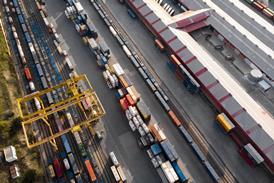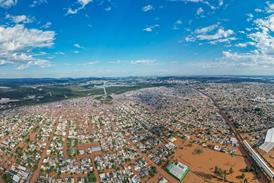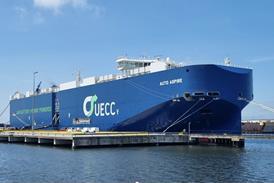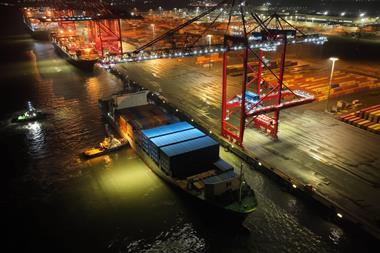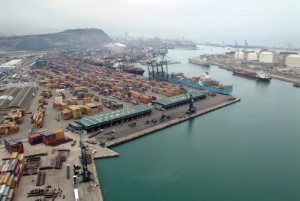 Automotive traffic at Spanish ports, which has been particularly badly hit by the country's economic difficulties in recent years, is finally beginning to show signs of exceeding previous growth. The ports of Barcelona and Santander have both reported healthy figures for the first five months of 2014.
Automotive traffic at Spanish ports, which has been particularly badly hit by the country's economic difficulties in recent years, is finally beginning to show signs of exceeding previous growth. The ports of Barcelona and Santander have both reported healthy figures for the first five months of 2014.
At the Mediterranean port of Barcelona, port authority president Mr Sixte Cambra noted that for the first five months of this year automotive traffic grew by 5% compared to 2013, with imports up 10% and exports up 14%. This latter figure is significant, given that Barcelona is now handling more outbound finished vehicles than it did before the start of the crisis.
Forecasts for 2014 suggest that 750,000 finished vehicles will pass through the port, compared to 700,000 in 2013.
To reflect the growing need to provide additional space for vehicles, the port authority has made available a further 200,000 sq.m area on Princep d'Espanya Quay. The land, which was formally a container terminal operated by Tercat (as pictured), is equipped with three berths. Significantly, this new operating area is close to the Darsena Sur area of the port, where finished vehicles are currently handled either by Autoterminal or Setram.
The Tercat container terminal has since been moved to a new area at El Prat, freeing up this zone in the inner port.
Barcelona now offers six berths capable of accommodating finished vehicles, of which four allow operations with deep-sea vessels. According to the port authority, this expansion of capacity will allow car carriers to be handled as part of the normal working day, which should help avoid additional costs.
The northern Spanish port of Santander also finds itself with an affluence of finished vehicle traffic. Figures for the first five months of 2014 suggest that the port is on course to beat its all time record – 325,164 units – established in 2005.
In January-May 2005, for example, a total of 132,894 vehicles were handled, compared to the 155,127 units reported for the same period this year.
Comparing the two periods, 2014 is showing growth of just below 26%. Indeed, the number of units already having passed through the port this year is already a record.
In 2007, Santander had its second best ever year, handling 315,148 units. Traffic in 2011 was similar at 315,047 units, while 2013 generated 309,111 units.









